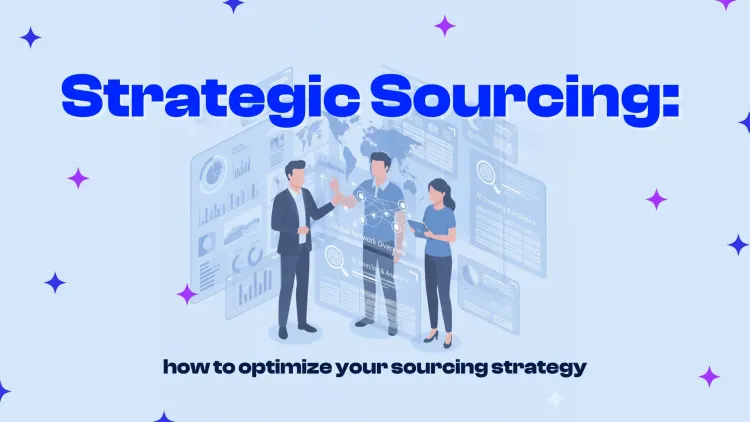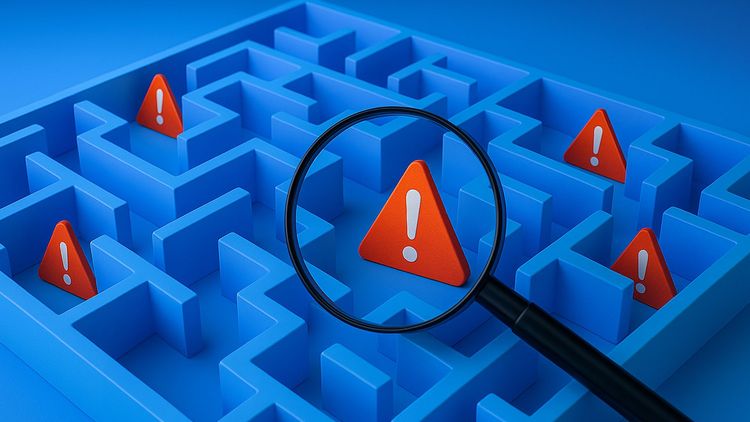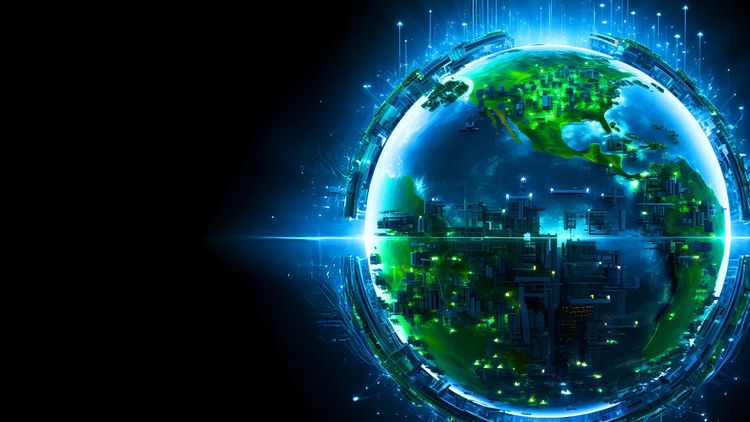Canada speeds up in the Arctic: new icebreakers, shorter trade routes, and global supply chain impact
24/7/2025
•5 MIN READ
As traditional maritime routes face growing congestion and uncertainty, climate change is opening up new logistical scenarios in regions once considered inaccessible. The Arctic is quickly emerging as one of these strategic gateways, and Canada is preparing to take a leading role.
In 2025, Ottawa announced a total investment of CAD 7 billion to build two new heavy icebreaker vessels, aimed at strengthening the country’s presence in polar waters and securing access to critical trade routes and resources for the decades ahead (Canada.ca).
Part of Canada’s National Shipbuilding Strategy, the project involves the construction of two 158-meter-long vessels capable of year-round operations at temperatures as low as –50 °C, and able to break through ice up to 3 meters thick. The ships will be built by Seaspan Shipyards (Vancouver) and Davie Shipbuilding (Levis, Quebec), with delivery expected between 2030 and 2032 (The Guardian).
Despite the accelerating melt of Arctic sea ice, navigation in the region is far from straightforward. Ice is breaking up into mobile masses that block key passages—making a consistent naval presence essential for both safety and operational continuity.
Geopolitics and supply chains in transition
Canada’s move is not just a climate adaptation strategy; it’s also a geopolitical signal. The Arctic holds strategic mineral resources, including significant deposits of rare earth elements, critical for sectors like electronics, renewable energy, and electric mobility (Investopedia). As ice retreats, access to these materials becomes technically easier and politically more contested.
Meanwhile, new trade routes are emerging. The Northern Sea Route, for example, offers a direct shipping corridor between Asia and Europe via the Arctic Ocean, reducing transit times by up to 40% compared to the traditional Suez Canal route (commonspace.eu).
Russia, China, and the United States are all investing heavily in Arctic fleets and infrastructure: Russia already operates around 50 icebreakers, while the U.S. plans to build 40 new ones over the next decade, supported by the recent ICE Pact signed with Canada and Finland (Reuters).
These developments go beyond geopolitics, they are already reshaping global supply chains. The ability to significantly cut delivery times between Asia and Europe is pushing companies to rethink logistics flows, warehousing strategies, and sourcing decisions.
At the same time, access to new sources of raw materials such as rare earths could diversify global procurement maps, which are currently heavily concentrated in a few countries. But this also brings added complexity: fragile Arctic infrastructure, ESG and climate-related risks, and the need to monitor suppliers and routes across high-volatility regions.
In this evolving landscape, procurement must become more agile and geographically aware: factoring in logistics, risk, sustainability, and political dynamics alongside price and availability.
In a world where trade routes are shifting and access to key resources is becoming more strategic, organizations need tools that support clear, fast, and adaptive decisions. Just as Canada is investing in new ships to navigate a changing Arctic, companies too must equip themselves with technology that helps them navigate a changing procurement landscape.
That’s where Soource comes in.
Want to learn more?
Book a demoFAQ
We have collected the most frequently asked questions here, but don't hesitate to contact us if you have any doubts or want to know more about Soource.
Is Soource compatible with my ERP (Enterprise Resource Planning or Procurement Suite)?
Yes, Soource is compatible with major ERP and procurement software like SAP Ariba, Jaggaer and other enterprise systems. You can integrate it for bidirectional data exchange or use it as a plug & play solution, without the need for integration.
Are my data on Soource protected and secure?
Absolutely. All corporate, personal and supplier data remains your property and is processed according to GDPR and European regulations. Generic data is anonymized to improve platform and Soource community performance.
Where does supplier data on Soource come from?
Soource's database combines:
- Certified and public sources
- Data collected from intelligent web crawling
- Information automatically extracted from corporate emails
Today Soource offers the largest database of Italian companies with direct email contact.
Can I attach files to RFI, RFQ or RFP on Soource?
Yes, you can attach documents in any format to your requests (RFI - Request for Information, RFQ - Request for Quotation or RFP - Request for Proposal). In particular, for RFIs, it is recommended to include a technical specification sheet of the product to get more detailed responses from suppliers.
Can I send follow-ups to suppliers with Soource?
Yes. With Soource you can filter suppliers who haven't responded and send a mass follow-up in one click. This helps you double the response rate, up to 80% on average, improving RFI, RFP and RFQ management.
Is Soource compliant with the European AI Act?
Yes. Soource's artificial intelligence is compliant with the European Union's new AI Act, falling into the zero-risk category, as it only supports internal activities and does not automate outward processes or critical decisions.
Why use Soource for RFI and RFP?
With Soource you can:
- Create RFI (Request for Information) and RFP (Request for Proposal) in just a few clicks
- Send them automatically to selected suppliers
- Analyze responses with artificial intelligence
- Extract and compare certifications, availability, technical capabilities
You save time and identify the best suppliers more quickly.
Can I also use Soource for RFQ?
Yes. Soource also supports RFQ (Request for Quotation) to request economic offers. The platform automates:
- RFQ sending
- Response reception and reading
- Comparison of prices and conditions


